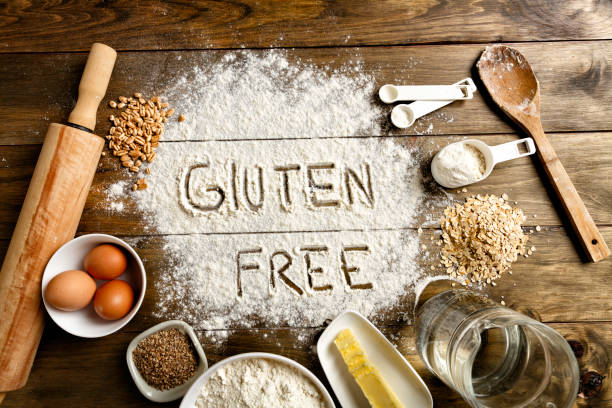
Navigating a Gluten-Free Diet for Allergies
Following a gluten-free diet can ease digestive symptoms and help boost energy levels. It can be difficult to ensure you get enough calcium, iron and other essential nutrients.
Fortunately, there are more gluten-free and dairy-free options than ever before. The key is to read food labels and avoid foods that contain wheat.
Identifying Your Allergies
Gluten-free foods are those that do not contain wheat, barley or triticale. These grains are found in breads, pasta and baked goods. A person with a food allergy or intolerance cannot tolerate gluten, which triggers an immune response and damages the small intestine. This condition is characterized by abdominal pain, diarrhea, and bloating.
Celiac disease is an autoimmune condition in which your immune system attacks the small intestine in response to gluten. This causes malabsorption of nutrients, leading to nutrient deficiencies. This can lead to fatigue, headaches and a “foggy brain,” as well as other symptoms.
Non-celiac gluten sensitivity is an inflammatory condition in which you are sensitive to gluten without having celiac disease or a wheat allergy. This condition can cause abdominal pain, diarrhea and bloating. This condition can be diagnosed by a blood test or biopsy of your small intestine. The removal of gluten from the diet usually alleviates symptoms.
Reading Food Labels
Label reading is essential to a gluten-free lifestyle. While some red-flag ingredients are easy to spot (such as wheat, barley and rye), others can be more difficult. Ingredients that contain wheat may be listed under various names (including malt), and oats are often listed as “containing gluten.”
People following a gluten free diet must also be aware of other nutrition information. Some processed foods that are labeled gluten-free can still be high in fat, sugar and sodium. A dietitian can help guide a person to healthier choices.
Fruits, vegetables, beans (like peas and lentils), seeds and nuts, oil and meat are all naturally gluten-free. Dairy products can also be consumed by people with gluten intolerance, provided they do not contain any added flavors or ingredients. Dietitians can offer gluten-free recipes and meal planning. Joining a group of people following a gluten free diet (online or physically) can be a good option for those who must avoid gluten.
Avoiding Cross-Contamination
While following a gluten-free diet offers many benefits, it also poses a risk of accidental exposure to gluten. This process is known as cross-contamination and can lead to a variety of symptoms. Even small amounts of gluten may cause a reaction in people with coeliac disease or non-coeliac gluten sensitivity (NCGS).
Avoid food contamination by being careful at the grocery store. Read the labels on food and avoid bulk bins where there could be gluten in other foods. It is also wise to avoid oats (which must be certified as gluten-free) and processed meats that can contain gluten.
Many restaurants offer gluten-free menu options and have special areas for preparation to minimize the risk of cross-contact. It’s helpful before dining out to check the menu on-line or to call in advance to find out what options are available.
Finding a Dietitian
Following a gluten-free diet is a major lifestyle change, whether it’s a requirement for medical reasons or your personal choice. Find a supportive network and take it slowly.
Wheat allergy means that bread, muffins, and other treats are out of the question. It’s possible to enjoy many foods without the staples. Many grocery stores carry quality gluten-free foods. It takes a keen eye to read food labels because some red flag ingredients include malt and hydrolyzed vegetable protein.
A registered dietitian can teach you about the new foods you can eat and develop meal plans to meet your nutritional needs. A dietitian with a good bedside manner and who can be reached easily is what you need. A nutritionist who can answer your questions via phone, email or text will make the transition easier. Join a group of people living gluten-free to share your tips and find others who do the same.
















Leave a comment